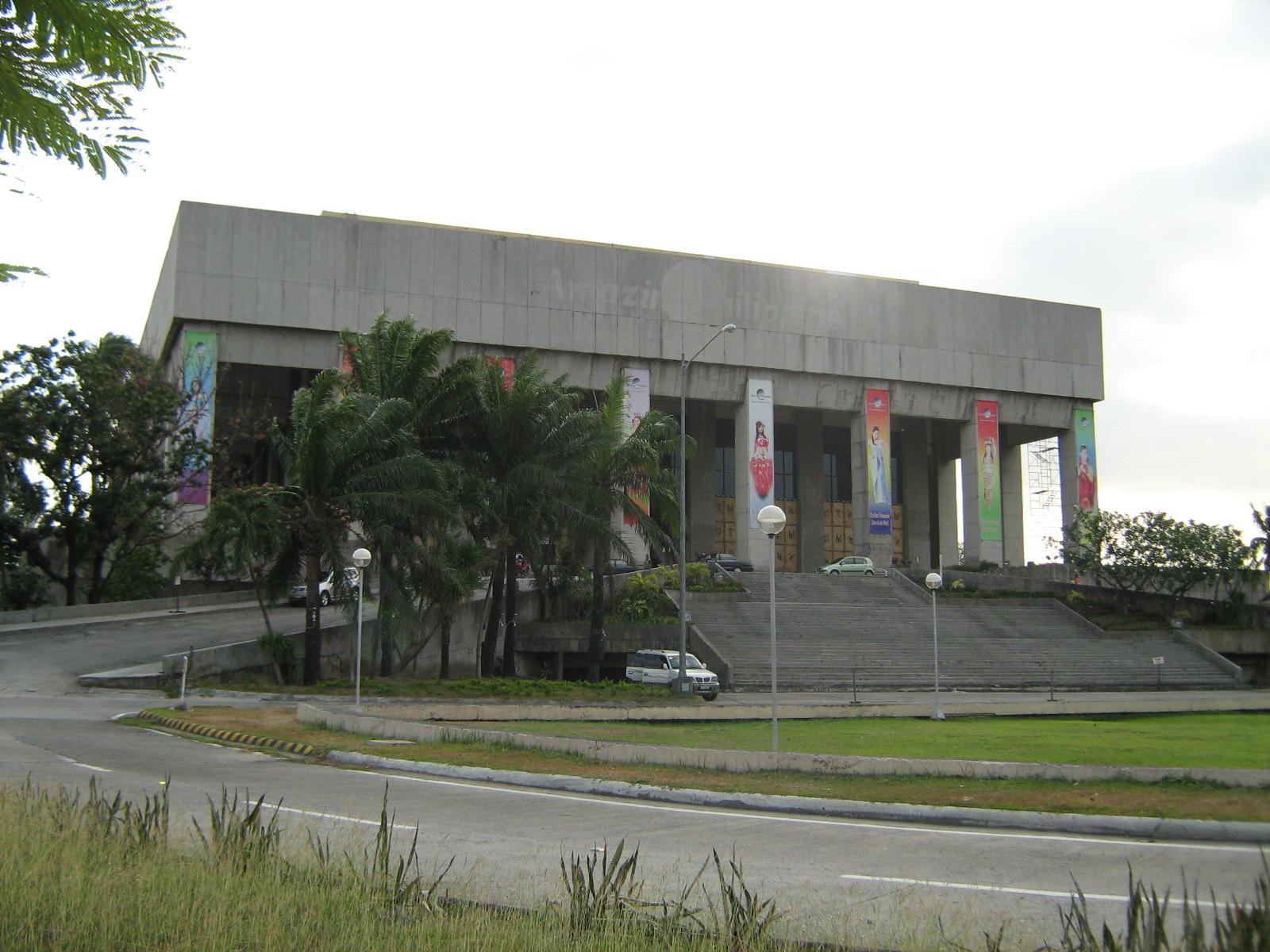
The Manila Film Center is a national building located at the southwest end of the Cultural Center of the Philippines complex in Pasay City, Philippines. The structure was designed by architect Froilan Hong, where its edifice is supported on more than nine hundred piles which reaches to the bedrock about 120 feet below. The Manila Film Center served as the main theater for the First Manila International Film Festival (MIFF) from the 18th to the 29th of January, 1982. The building has also been the subject of controversies due to an accident that happened during the final stages of its construction in 1981.
History
Prior to the Manila Film Center, the Philippines did not have an official national film archive, which was why on January 1981, then First Lady Imelda Marcos spearheaded the building of the first Manila Center. Under the supervision of Mrs. Betty Benitez, the spouse of the then Deputy MHS Minister Jose Conrado Beneitez, organized a group to pursue the project. Mr. Ramon M. Ignacio, Senior Technology Officer at the Technology Resource Center, conceptualized the project and its various components. He likewise prepared the feasibility study. Among the Film Center's project components were the 360-degree theatre that will show images of past and present historical and tourism scenes for the future generatios to see; the Film Financing/Loan Program that will address funding of meritable films, the Filipino Film Archiving using Digital Storage (still little known during those times); Film Database/Information system; Film Making and Blow Up Laboratory; viewing rooms for the Board of Censors and other minor sub-components. However, despite the futuristic and concept creativity of Mr. Ramon M. Ignacio, only two of the project components were actually done. Unesco’s assistance was invaluable in the design of the archives, so they were asked to be consultants of the project. Several ocular visits were done by Unesco in 1981 where they were responsible for major consultations needed in the structure’s erection. The building was then designed to have two components, which were the auditoria and archives. According to Architect Hong, the foundation was set on reclaimed land near the Manila Bay. Since the deadline of the structure was tight, it required 4,000 workers, working in 3 shifts across 24 hours. One thousand workers constructed the lobby in 72 hours, a job which would normally entail six weeks of labor. The Film Center opened in 1982 costing at an estimate of $25 million.
Accommodations
Here is the list of hotels that can be found in the city of Pasay:
- Atrium Hotel Metro Manila - Cor. Sen. Gil Puyat Avenue, Pasay City
- The Heritage Hotel Manila - Roxas Boulevard corner EDSA, Pasay City
- Mabuhay Manor Pasay City - 2933 Ortigas Street Pasay City
- Copacabana Apartment Hotel - 264 EDSA Extension, Pasay City
- Microtel Mall of Asia Pasay - SM Mall of Asia Complex, Pasay City 1308
- Marriott Hotel Manila - Newport City Complex, Pasay City
- Kabayan Hotel Pasay - 2878 Zamora Street corner EDSA Rotonda
- Networld Hotel Manila - Roxas Boulevard corner Sen. Gil Puyat Ave.
- Remington Hotel - Maxims Tower, Resorts World Manila, Newport Boulevard, Newport City, Pasay Airport Area
- Siayan Travellers Inn - Salem Complex Atayde Street cor. Domestic Road Pasay City, Pasay Airport Area
Getting around the city
LRT-1 (Light Rail Transit) is one of the fastest and most affordable modes of transportations to reach the city of Pasay from Manila.
From Monumento Station, the LRT plies Rizal Avenue Ext. in Caloocan going to the City of Manila all the way up to Pasay City.
Meanwhile, Buses, jeepneys, taxis and tricycles are available within the city. These are the common modes of transportation used around the city as well as traversing to other cities in Metro Manila.










